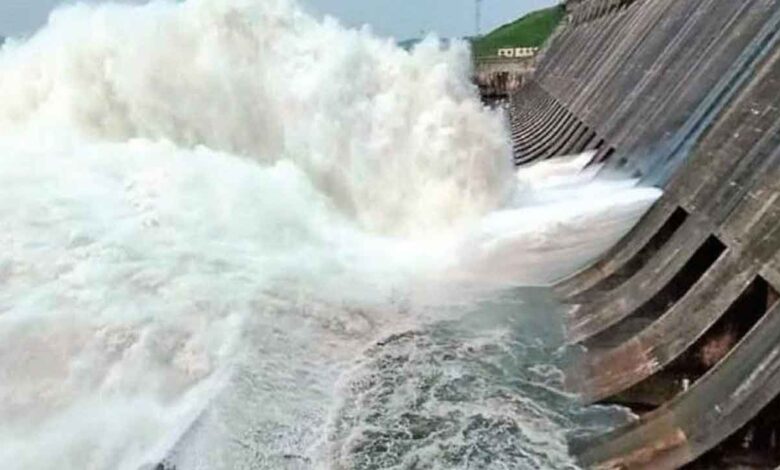
Sambalpur: Hirakud Dam is getting toxic. Uncontrolled agricultural and industrial waste in the reservoir water has been found to be causing a lot of deterioration in the water quality. As a result, this has created a threat to the entire biodiversity including humans.
According to the research conducted under the Chief Minister’s Research and Innovation Programme (MRIP) from March 2020 to February 2023, the sulphur content in the water is highest during the non-monsoon season, while the nitrate content is more than required during the monsoon season.
Not only that, the waste water from large industrial establishments built on the banks of the reservoir is getting mixed with the water. As a result, heavy metals are accumulating in the reservoir basin. Due to this, the aquatic population is also being affected a lot.
The research report has shown that due to the presence of large amounts of cyanobacteria in the reservoir water during the pre-monsoon period, the water quality has been declining and the biodiversity of the reservoir is deteriorating.
In this regard, the Revenue Minister said that to prevent pollution in various districts of Western Odisha, a meeting will be held under the chairmanship of the Revenue Commissioner with the District Magistrates and SPs of Jharsuguda, Baragarh, Sambalpur, Sundargarh and Angul districts. The Minister said that necessary steps will be taken after detailed discussions in this regard.






